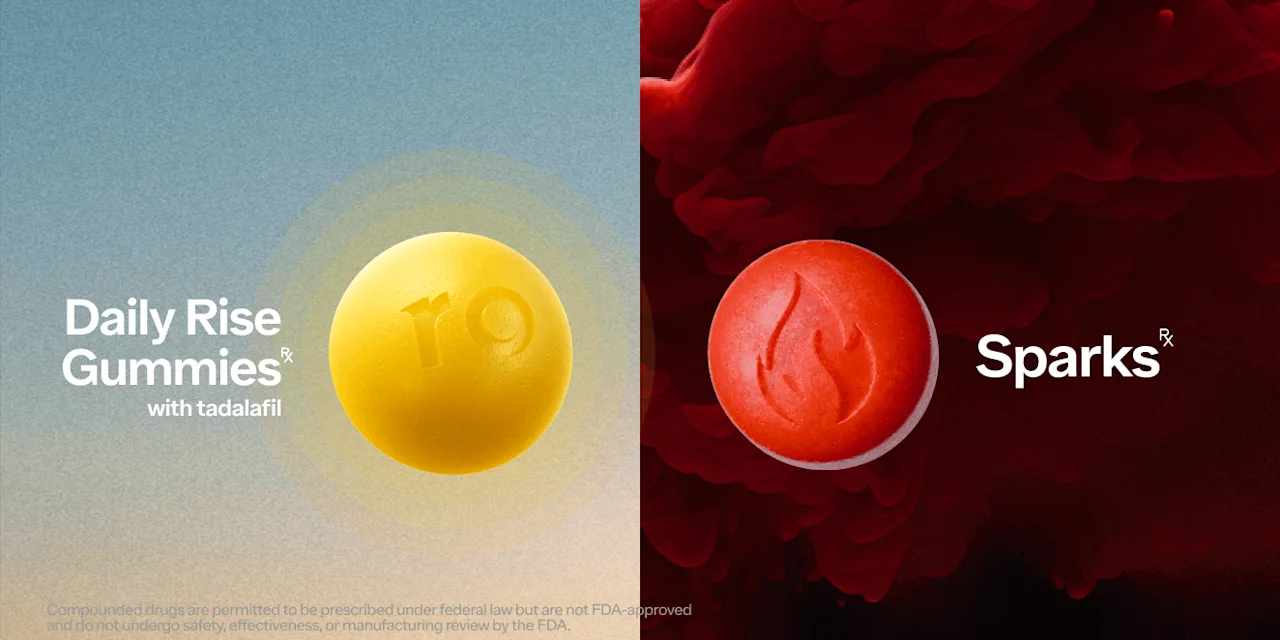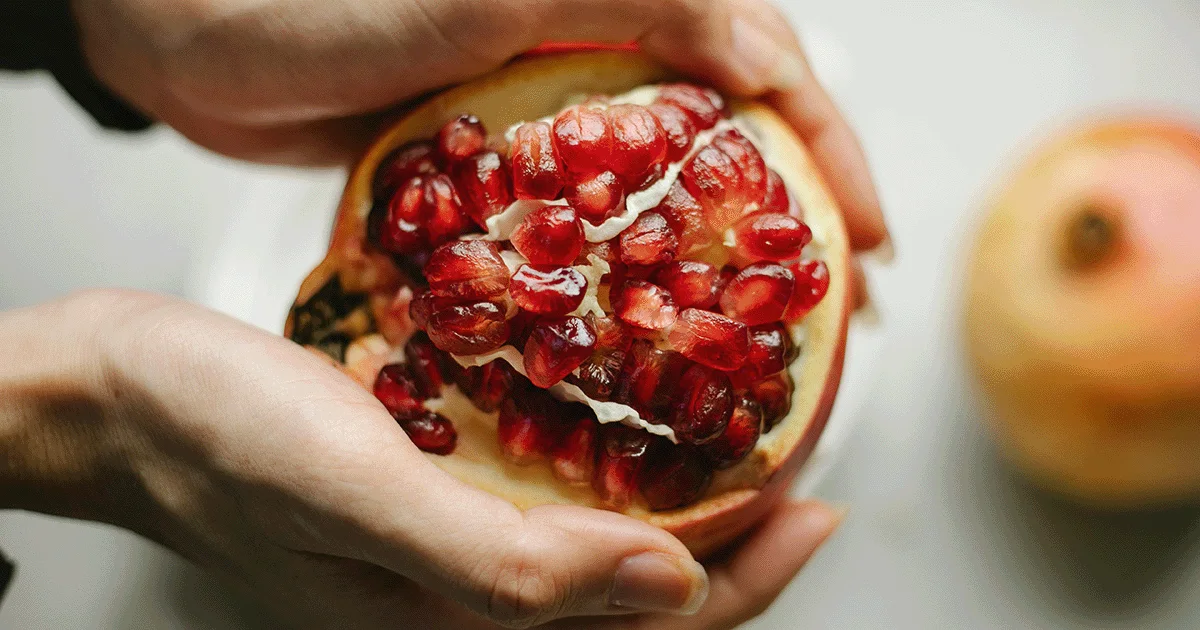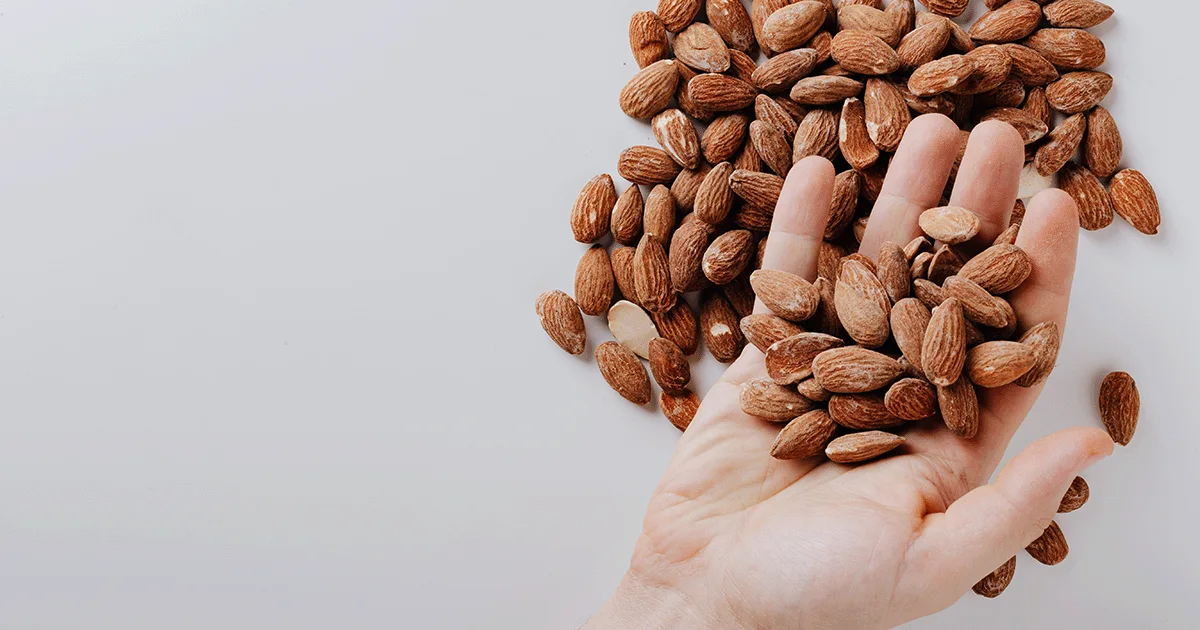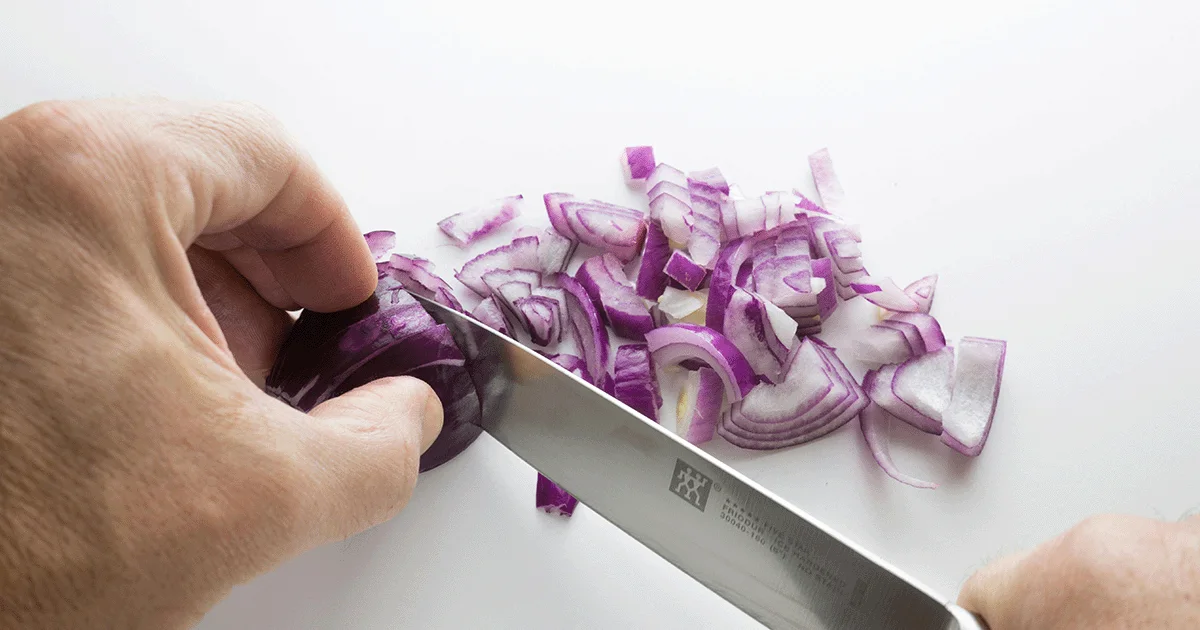Here's what we'll cover
Ah, the mysterious G-spot—is this a mythical concept, or does it really exist? Scientists (and many women) say it’s very real, but its exact location is up for debate.
Not all G-spots are created equal. Some are more difficult to locate than others. And some women find that G-spot stimulation makes them feel like they’re about to urinate, a sensation they’re not always in the mood to experience.
Plus, it’s worth mentioning that you don’t need to have a G-spot orgasm to enjoy great sex or have a fabulous sex life. But if you’re interested in finding yours (or your partner’s), read on.
What is a G-spot?
The concept of the G-spot has been around for centuries, but it didn’t get its name until the 1950s. It stands for Grafenberg spot in honor of Ernst Grafenberg, the researcher who first identified an erogenous zone on the inner wall of the vagina near the urethra. A little over half of women report having a G-spot (Vieira-Baptista, 2021).
The precise location of the G-spot can differ from person to person, as each person’s sexual organs have unique sizes, locations, and shapes. These areas of stimulation interact with each other to produce sexual pleasure in unique ways in each person with female sexual organs.
Many women achieve orgasm through some form of stimulation other than penetration, such as fingers, toys, or a mouth stimulating their clitoris, breasts, or another erogenous zone. Over a third of women require clitoral stimulation to achieve orgasm, while only 18% can orgasm through sexual intercourse alone (Herbenick, 2018). A G-spot orgasm offers one way women may achieve orgasm solely through penetration.
Where is the G-spot?
A large number of academic studies, and a majority of women, agree on the existence of the G-spot. What they don’t agree on, however, is its size and location (Vieira-Baptista, 2021).
So, where is the G-spot? You may be surprised to learn that the G-spot isn’t a specific place or part of the female anatomy. Rather, it’s part of your clitoral network, which is much larger than many of us realize. What we think of as the clitoris—that pea-shaped protuberance where the inner labia of the vulva meet—is just the start of it. From there, it extends inward.
The location and shape of the clitoral network are unique to each individual, which can make the G-spot challenging to find. In 2012, researchers located an anatomic G-spot structure in a single female cadaver, which extended inward from their clitoral area (Ostrzenski, 2012). Years later, however, researchers dissected thirteen female cadavers and did not find one (Hoag, 2017).
Given the lack of consensus over whether the G-spot exists as a distinct anatomical structure, some researchers feel it is more appropriate to refer to the area as the C-area (clito-urethro-vaginal complex) (Jannini, 2014). The G-spot represents that sweet spot of connection between the thousands of different nerve endings in the female genital area. Together, when the clitoris, urethra, and inner vaginal wall are stimulated in a particular way during penetration, the person experiences a G-spot orgasm.
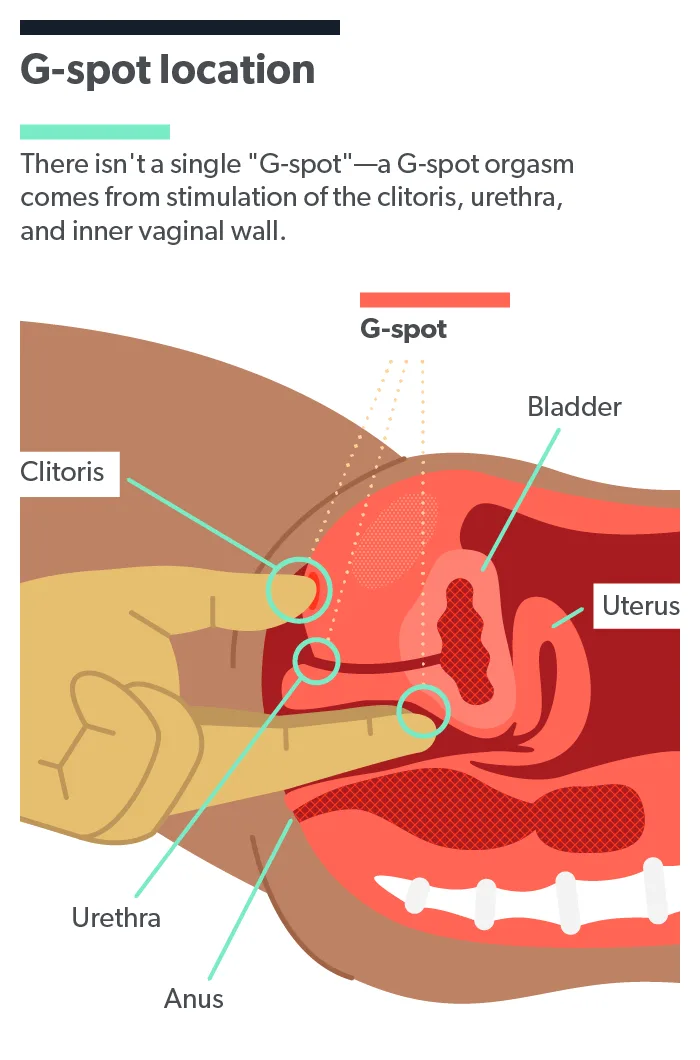
One small study revealed that the pleasure you experience during sex also occurs in your brain. A part of your brain, called the somatosensory cortex, identifies when you’re being touched. Researchers located the specific part of the somatosensory cortex linked to clitoral touch in the study. They found that this area of the brain varies in thickness and location depending on how frequently a woman reported having sex in the past year (Knop, 2021).
How to find your G-spot
The best way to find your own G-spot is through masturbation. You can use your fingers, favorite sex toy, or a G-spot vibrator. These are angled at the top to target that upper wall area of the vagina where the G-spot resides in most women. Here’s what to do:
Start by relaxing. Get comfy and start touching yourself.
Once you’re ready, use your fingers or a sex toy to start massaging your clitoris and genital area.
When you feel fully aroused, enter your vagina with your fingers or the sex toy, and angle them upwards toward your belly button.
Move your fingers in a “come here” motion, rather than the in and out motion of penetrative intercourse. See if any area feels slightly different or more pleasurable when you touch it.
Move toward or away from your cervix or opening of the vagina until you find a spot that feels good. Then, keep repeating the “come here” motion and see how it feels.
Keep an open mind and remember that you may find G-spot stimulation far outshines a clitoral orgasm, or it may not do much for you at all. Not everyone orgasms through their G-spot. Given its location near the urethral area, it may also make you feel like you need to pee.
Once you have an idea of where your G-spot is, you can also try to have a G-spot orgasm with different sex positions during partnered sex. The following positions tend to stimulate the G-spot area most effectively:
Cowgirl
With your partner lying on their back, get on top and straddle them. Move back and forth so that their penis or strap-on can stimulate the inner front wall of your vagina, helping you to achieve a G-spot orgasm. At the same time, rubbing against their body may help stimulate your clitoris.
Doggy style
Get into an all-fours position as your partner enters you from behind. Experiment with different angles to see what helps stimulate your G-spot. For example, you may lean your chest downward, angle your hips back or up, or lie your torso down on the bed with your feet on the floor.
Closed missionary
This position starts like the traditional missionary position. Then, once your partner has entered you, close your legs together while they move their legs to the outside and straddle yours. This creates a tighter position that allows for more friction against the G-spot and the clitoris. Squeeze your pelvic floor muscles around your partner and try rocking back and forth.
Do men have a G-spot?
Technically, men have a P-spot located in their prostate, a small walnut-sized gland located between their rectum and the base of their penis. Like the G-spot for female orgasms, P-spot massage can produce a more intense orgasm, but it’s not for everyone (Alwaal, 2015).
To locate the P-spot, you can stimulate the perineum (commonly called the taint, the skin between the scrotum and anus) or enter the rectum using your fingers, a sex toy, or penis. Rubbing, stroking, or pressing a man’s P-spot—with ample lubrication—can produce an orgasm.
Remember: It’s okay if you don’t find your G-spot. Every person is different. Some women orgasm exclusively with clitoral stimulation, others squirt, and others experience multiple orgasms. Each orgasm is unique, like every woman (Pfaus, 2016).
DISCLAIMER
If you have any medical questions or concerns, please talk to your healthcare provider. The articles on Health Guide are underpinned by peer-reviewed research and information drawn from medical societies and governmental agencies. However, they are not a substitute for professional medical advice, diagnosis, or treatment.
Alwaal, A., Breyer, B. N., & Lue, T. F. (2015). Normal male sexual function: emphasis on orgasm and ejaculation. Fertility and Sterility, 104 (5), 1051–1060. doi:10.1016/j.fertnstert.2015.08.033. Retrieved from https://pubmed.ncbi.nlm.nih.gov/26385403/
Herbenick, D., Fu, T. J., Arter, J., et al. (2018). Women's experiences with genital touching, sexual pleasure, and orgasm: Results From a U.S. probability sample of women ages 18 to 94. Journal of Sex & Marital Therapy , 44 (2), 201–212. doi:10.1080/0092623X.2017.1346530. Retrieved from https://pubmed.ncbi.nlm.nih.gov/28678639/
Hoag, N., Keast, J. R., & O'Connell, H. E. (2017). The "G-spot" is not a structure evident on macroscopic anatomic dissection of the vaginal wall. The Journal of Sexual Medicine, 14 (12), 1524–1532. doi:10.1016/j.jsxm.2017.10.071. Retrieved from https://pubmed.ncbi.nlm.nih.gov/29198508/
Jannini, E. A., Buisson, O., & Rubio-Casillas, A. (2014). Beyond the G-spot: clitourethrovaginal complex anatomy in female orgasm. Nature Reviews. Urology , 11 (9), 531–538. doi:10.1038/nrurol.2014.193. Retrieved from https://pubmed.ncbi.nlm.nih.gov/25112854/
Knop, A., Spengler, S., Bogler, C., et al. (2021). Sensory-tactile functional mapping and use-associated structural variation of the human female genital representation field. The Journal of Neuroscience: The Official Journal of the Society for Neuroscience , JN-RM-1081-21. Advance online publication. doi:10.1523/JNEUROSCI.1081-21.2021. Retrieved from https://pubmed.ncbi.nlm.nih.gov/34930804/
Ostrzenski, A. (2012). G-spot anatomy: a new discovery. The Journal of Sexual Medicine , 9 (5), 1355–1359. doi:10.1111/j.1743-6109.2012.02668.x. Retrieved from https://pubmed.ncbi.nlm.nih.gov/22781083/
Pfaus, J. G., Quintana, G. R., Mac Cionnaith, C., & Parada, M. (2016). The whole versus the sum of some of the parts: toward resolving the apparent controversy of clitoral versus vaginal orgasms. Socioaffective Neuroscience & Psychology , 6 , 32578. doi:10.3402/snp.v6.32578. Retrieved from https://pubmed.ncbi.nlm.nih.gov/27791968/
Vieira-Baptista, P., Lima-Silva, J., Preti, M., et al. (2021). G-spot: Fact or fiction?: A systematic review. Sexual Medicine , 9 (5), 100435. doi:10.1016/j.esxm.2021.100435. Retrieved from https://pubmed.ncbi.nlm.nih.gov/34509752/



